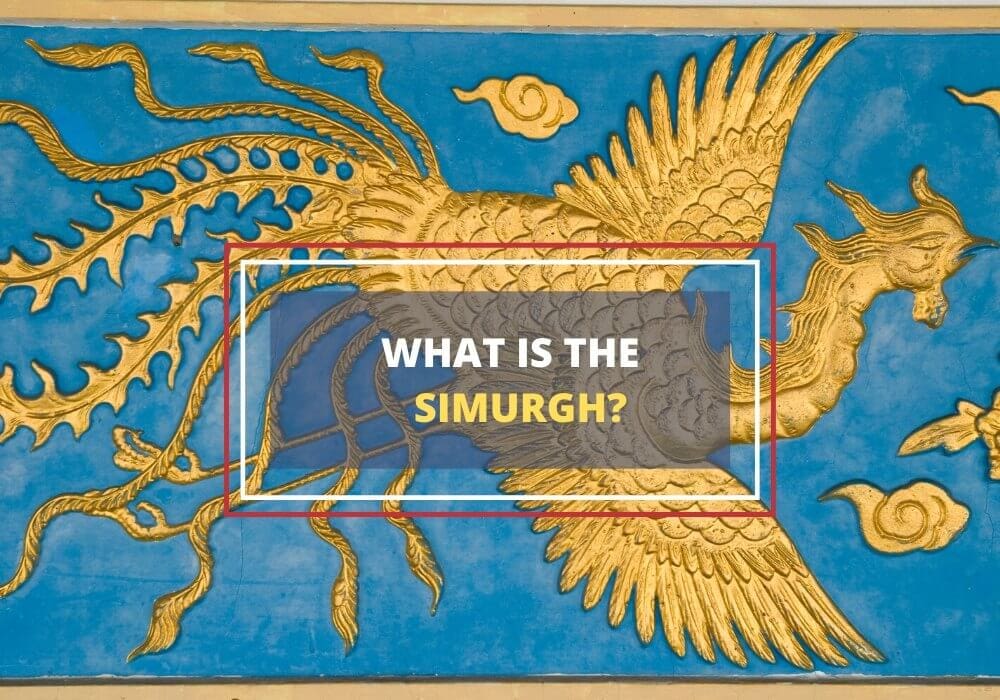
Table of Contents
The Simurgh is a prophetic, legendary bird in ancient Persian mythology that nests on the Tree of Knowledge. It’s known as the mysterious, gigantic healing bird and had a significant presence in ancient Persian culture.
The Simurgh is sometimes equated with other mythological birds such as the Persian Huma bird or the Phoenix since it has similar characteristics, such as healing powers. Here’s a quick look at the history and legends surrounding the magnificent Simurgh.
Origin and History
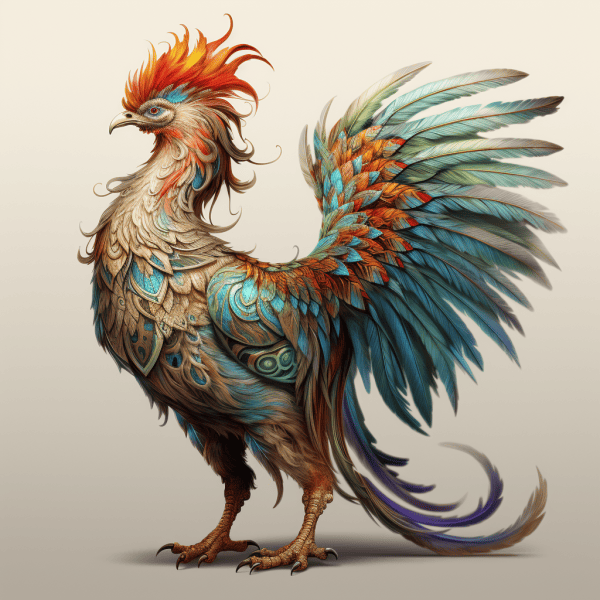
Found in almost all periods of Iranian literature and art, the figure of the Simurgh is also evident in the iconography of medieval Armenia, the Byzantine Empire, and Georgia. The Avesta, the holy book of the Zoroastrian religion from 1323 CE, contains the oldest known record of the Simurgh.
In this book, it is referred to as ‘Meregho Saena’. While the Simurgh is associated with Persian culture, its origins are lost in antiquity. The mythology related to the Simurgh is believed to date back to before the Persian civilization.
The Simurgh (also spelled Simoorg, Simorq, Simourv, Simorgh, or Simorg) means thirty birds in the Persian language (‘si’ meaning thirty and ‘murgh’ meaning birds), which suggests that it was as large as thirty birds. It could also mean that it had thirty colors.
The Simurgh is depicted with large wings, fish scales, and the paws of a dog. Sometimes, it is depicted with the face of a human. Legend has it that the Simurgh was so large, it could easily carry a whale or an elephant in its claws. It’s believed that even today, it lives on the imaginary Alborz Mountain, perched atop the Gaokerena tree – the Tree of Life. Like the Phoenix, the Simurgh is also believed to burst into flames every 1700 years but then rises again from the ashes.
Similar bird-like mythological creatures also existed in ancient Greek narratives (the Phoenix) and in Chinese culture (the Feng Huang).
Symbolic Meaning
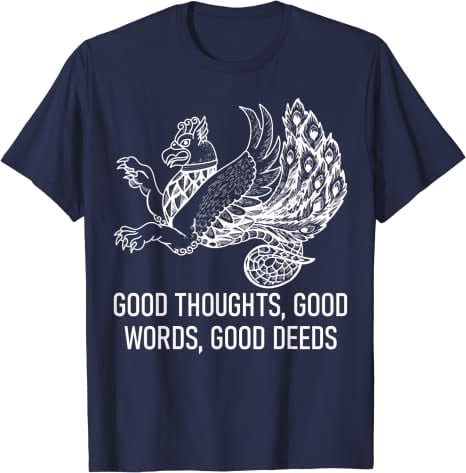
There are many interpretations of the Simurgh and what it could symbolize. Here are some commonly accepted perspectives:
- Healing – Because the Simurgh has the ability to heal and rejuvenate the wounded, it’s commonly associated with healing and medicine. Some believe that it should be adopted as the symbol of medicine in Iran, instead of the Rod of Asclepius.
- Life – The Simurgh is a symbol of miraculous life, surviving through the ages. Even though it dies periodically, it comes back to life from the ashes.
- Rebirth – Like the Phoenix, the Simurgh also bursts into flame after a period of time. However, it rises from the ashes, symbolizing rebirth and overcoming adversity.
- Divinity – It is a symbol of divinity, considered to purify the waters and land, bestows fertility, and represents the union between the sky and the Earth while also acting as a messenger between the two.
- Wisdom – According to Iranian legends, the bird has been around for thousands of years and has witnessed the destruction of the world three times. As such, the bird is believed to represent wisdom and knowledge, acquired over the ages.
Simurgh vs. Phoenix
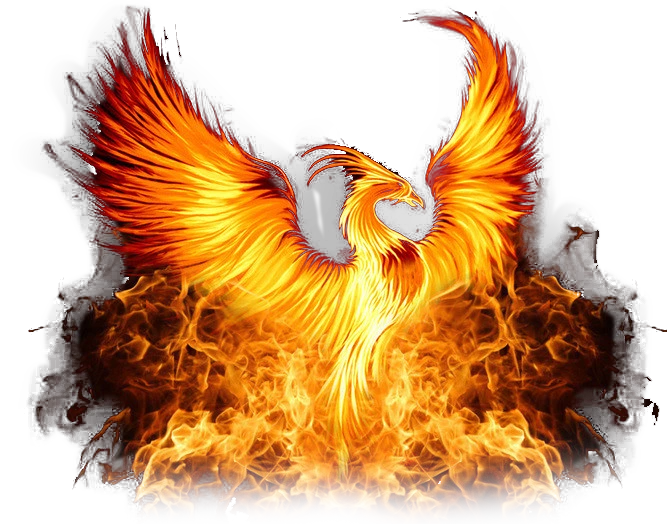
The Simurgh and the Phoenix share many similarities but there are also several differences between these two mythical creatures. It’s possible that the two birds originated from a common mythological concept.
- The Simurgh comes from Persian narrations, whereas the Phoenix is referenced in ancient Greek sources.
- The Simurgh is depicted as being extremely large, colorful and strong, while the Phoenix has fiery features and is portrayed as being smaller and more delicate.
- The Simurgh lives for cycles of 1700 years, whereas a Phoenix dies every 500 years.
- Both birds burst into flames and rise from the ashes.
- The Simurgh is a benevolent helper and a healer of humans, while the Phoenix did not interact as much with humans.
- The Phoenix represents death, rebirth, fire, survival, strength and renewal. The Simurgh represented divinity, healing, life, rebirth and wisdom.
The Legend of the Simurgh
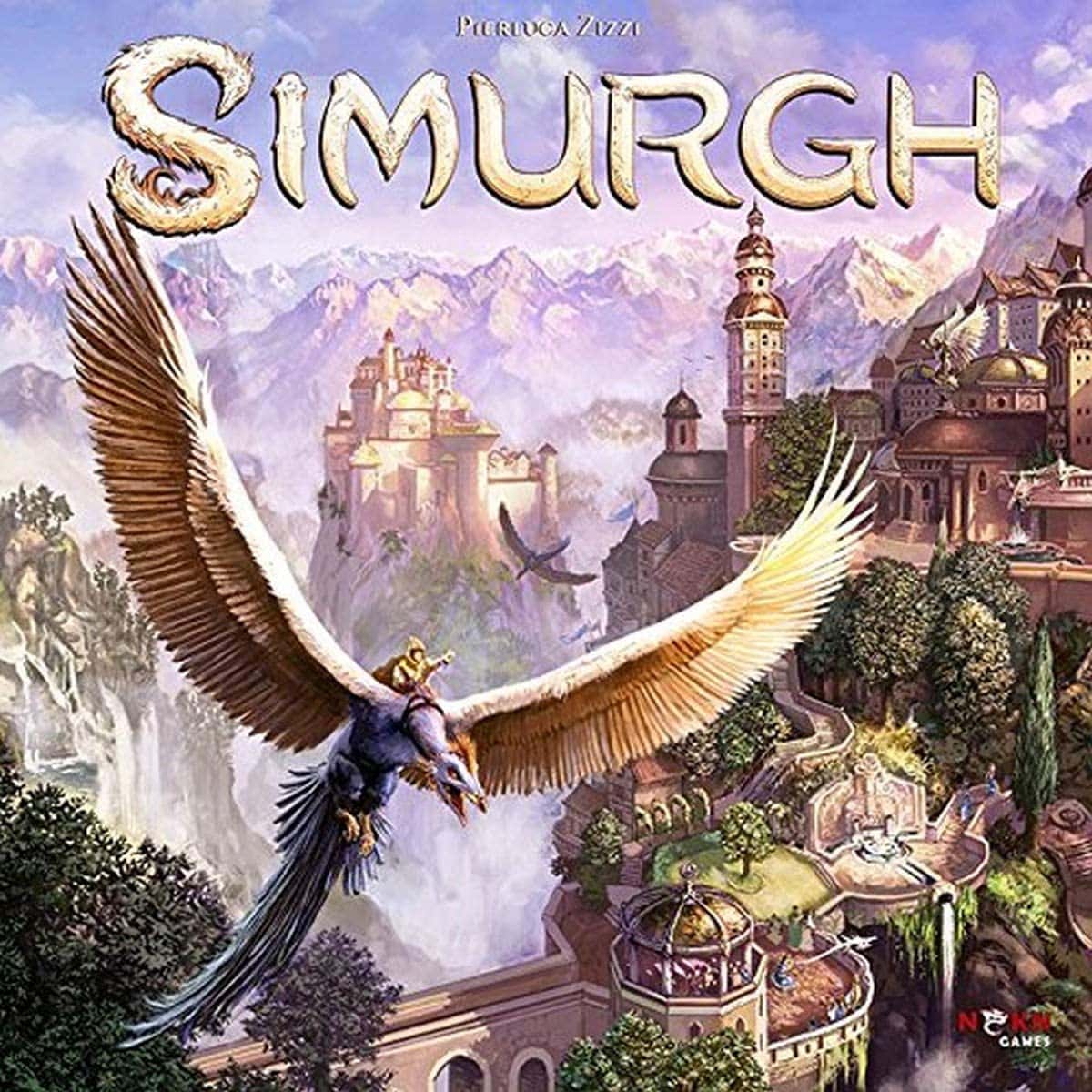
There are many stories and representations of the Simurgh, especially in Kurdish folklore and Sufi poetry. Most of these legends are about heroes who would seek the help of the Simurgh and describe how it rescued them in times of dire need.
Of all of the legends surrounding the Simurgh, the most famous and popular one appeared in Ferdowsi’s epic Shahnameh (the Book of Kings). Accordingly, the Simurgh raised an abandoned child called Zal, imparting its wisdom to the child, and raising it to become a strong and noble man.
Zal eventually married but when his wife was about to give birth to their son, she experienced a difficult labor. Zal called upon the Simurgh, who assisted the couple, instructing Zal on how to perform a caesarean section. The newborn was saved, and eventually grew up to become one of the greatest Persian heroes, Rostam.
Modern Use of the Simurgh Symbol
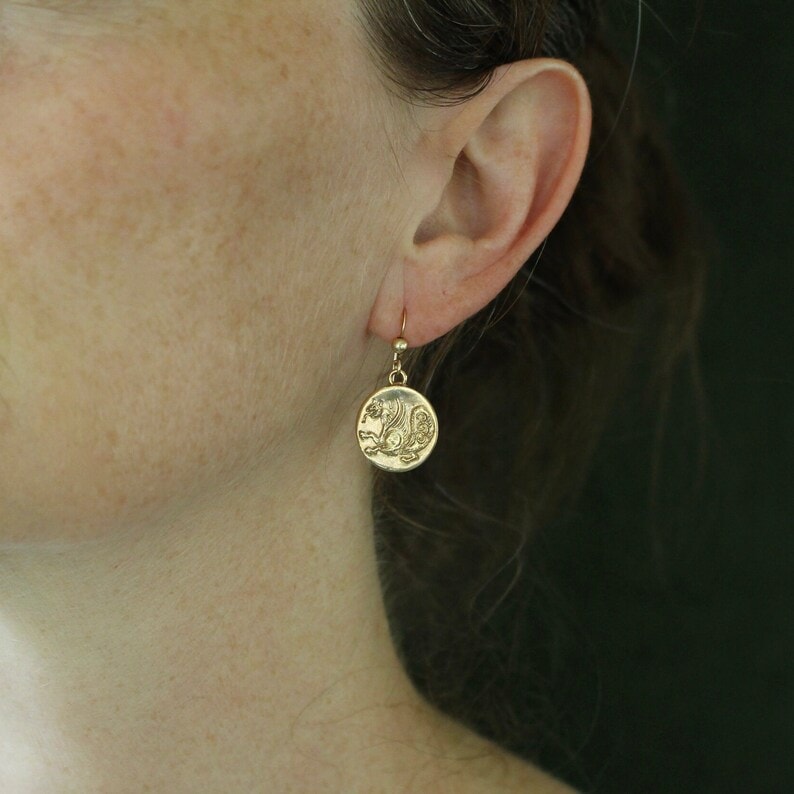
The Simurgh is popularly used in jewelry designs, especially pendants and earrings. It’s also quite popular for tattoo designs and can be seen on artwork, carpets and pottery, although it’s not used extensively on clothing.
The figure of the Simurgh is currently used as a central figure on the Uzbekistan coat of arms and also on the flag of an Iranian ethnic group called the ‘Tat People’. Because of the many interpretations of this mythical creature, it’s used by people from various religions and cultures.
In Brief
The Simurgh is one of the most respected symbols in Persian mythology and continues to be a symbol of Iran’s rich cultural past. To learn about other similar mythological birds, read our articles on the Feng Huang and the Phoenix.








